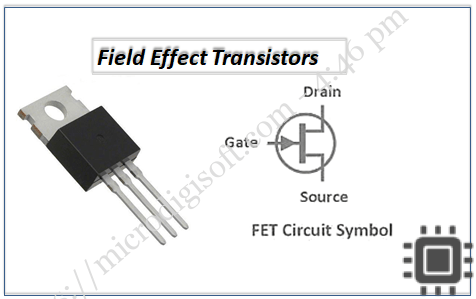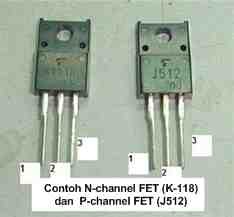

Ambipolar light-emitting organic field-effect transistor. Molecular orbital energy level engineering in organic transistors. Organic complementary-like inverters employing methanofullerene-based ambipolar field-effect transistors. Solution-processed ambipolar organic field-effect transistors and inverters. Numerical simulation of tetracene light-emitting transistors: A detailed balance of exciton processes. Verlaak, S., Cheyns, D., Debucquoy, M., Arkhipov, V. Prospects for electrically pumped organic lasers. Properties of light emitting organic materials within the context of future electrically pumped lasers. Poly(p-phenylenevinylene) derivatives: new promising materials for nonlinear all-optical waveguide switching. Organic light-emitting diode fabricated on a polymer substrate for optical links. Barrier-free electron-hole capture in polymer blend heterojunction light-emitting diodes. Excitonic singlet-triplet ratios in molecular and polymeric organic materials. Electroluminescence in conjugated polymers. This provides a direct visualization and proof of coexisting electron and hole accumulation layers in an ambipolar transport regime.įriend, R. We can move the recombination zone with the applied gate and source–drain bias to any position within the channel.


In our device configuration, electrons and holes injected from separate calcium and gold electrodes recombine radiatively within the channel. Here we demonstrate ambipolar light-emitting transistors based on a semiconducting polymer with both efficient electron and hole transport and good photoluminescence efficiency. Using their ability to emit light owing to charge recombination within the transistor channel should enable new ways to study the recombination physics and realize new electrooptical devices. Organic ambipolar field-effect transistors can support both hole and electron transport at the semiconductor–dielectric interface. Organic semiconductors show efficient electroluminescence which has led to their commercialization in light-emitting diodes, but has also raised fundamental questions about their recombination and emission physics.


 0 kommentar(er)
0 kommentar(er)
